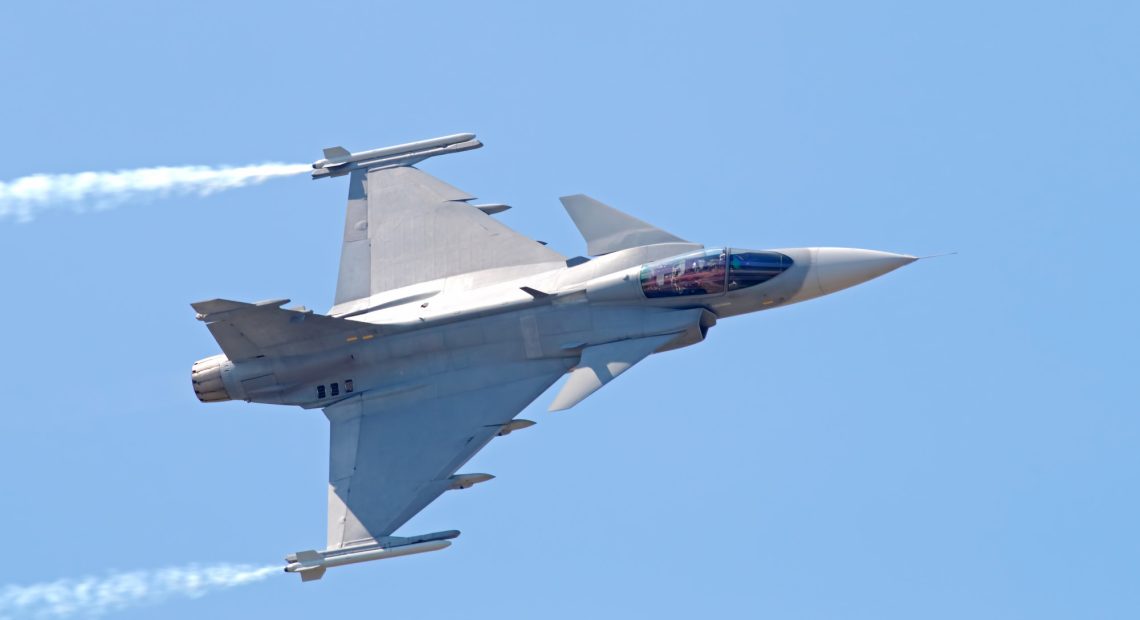
BREAKING: Israeli Jets Scramble from Nevatim Air Base
A squadron of Israeli fighter jets has taken off from Nevatim Air Base, triggering high-alert responses across the region, especially in Iran. The sudden movement has drawn intense international attention, with defense watchers interpreting it as a sign of rapidly escalating tensions in the Middle East.
Nevatim Launch Coincides with Iranian Alert
Reports indicate that the launch of the Israeli jets occurred at the same time Iran placed its air defense systems on heightened alert. While there is no confirmed target or stated mission objective, the synchrony has fueled speculation about a preemptive Israeli maneuver or a potential response to new intelligence threats.
Nevatim Air Base, located in southern Israel, houses squadrons of F-35I Adir stealth fighters and serves as a critical node for strategic operations. Its activation typically reflects serious military intent, especially in the context of cross-border threat perceptions.
UK Maritime Advisory Hints at Broader Risk
Shortly after the jets scrambled, the UK Maritime Trade Operations (UKMTO) issued a cautionary advisory to commercial vessels operating in the Red Sea and Persian Gulf regions. This suggests the possibility of broader military readiness or forthcoming aerial and naval operations in response to unidentified threats.
The maritime alert warns of “increased regional tension” and advises vessels to remain in close contact with regional authorities. This further underscores the potential scale and seriousness of the unfolding situation.
No Official Comment Yet from IDF
As of now, the Israel Defense Forces (IDF) have not issued a formal statement on the sortie, and no political leaders have commented on its objective. Analysts say the lack of immediate disclosure could either reflect operational secrecy or signal a developing live mission.
Meanwhile, Iran’s air defense systems remain on high alert, with its radar grids and missile batteries reportedly activated across sensitive border zones. The timing of these developments points to a mutual readiness phase rather than active confrontation—though that could change rapidly.


















